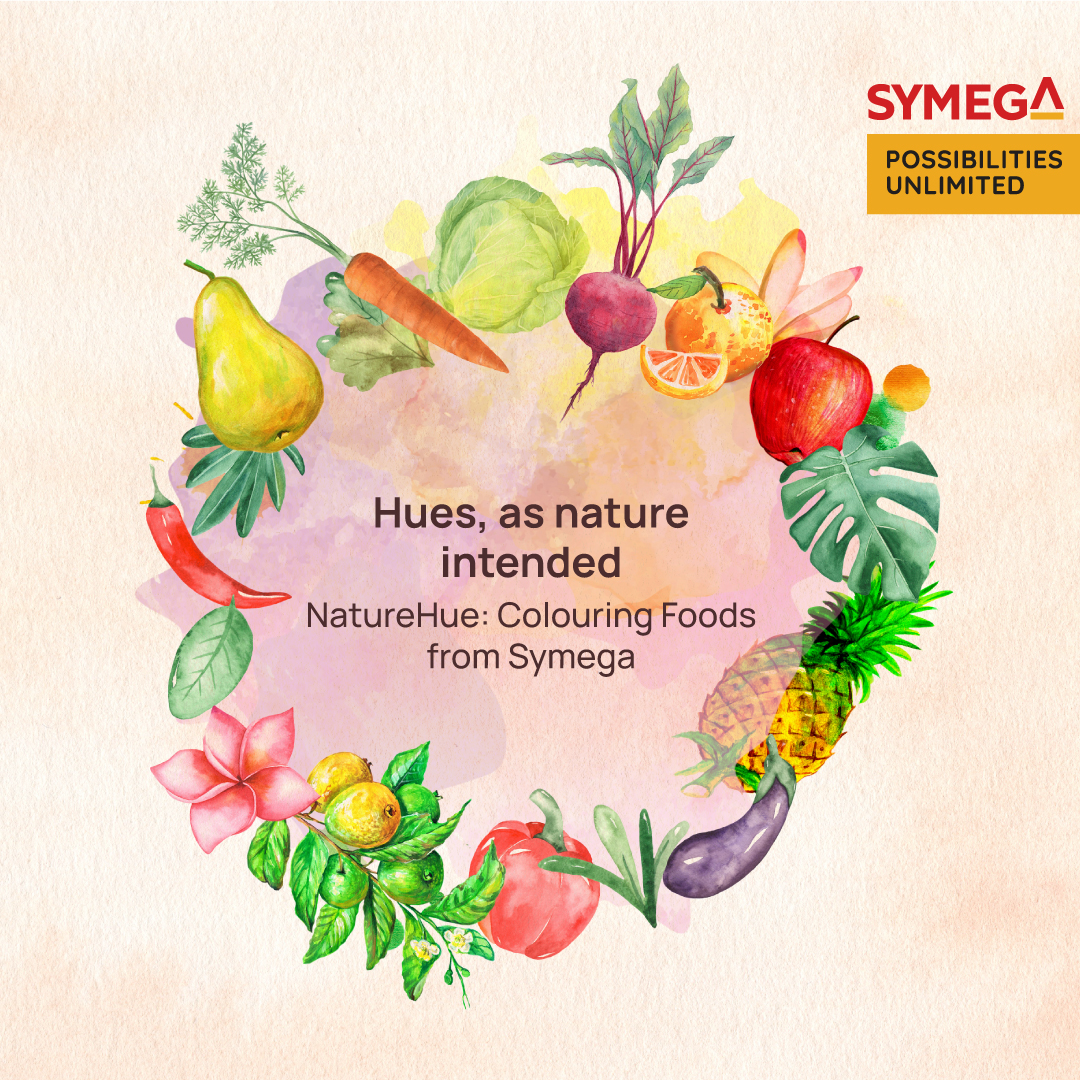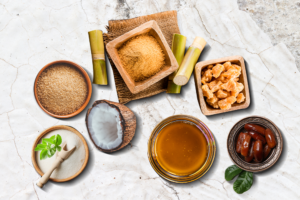Food colourants are ingredients added to the food formulation to give it a desirable colour. They are the single most important components for food products to be picked up off shelves and hence an ingredient that food producers pay utmost attention to. Based on the source of ingredients food colorants are classified as synthetic and natural colours. Synthetic colours as the name suggests are chemical formulations while natural colours are sourced from plants, fruits, vegetables and minerals. The Indian food colourant market is projected at a CAGR of 5.3% over the forecasted period of 2020 – 2025.
Growing Consumer Demand for Natural and Clean Label Products
Traditionally synthetic food colours are of low cost and have out sold the natural counterparts, but the ‘go natural’ trend is shaping up the new market. FMI’s market analysis shows that 4 out 10 consumers are now looking for naturally sourced food ingredients and this trend is further on the rise. Understanding this shift, food producers are on a constant look out for natural replacements for ingredients used in large scale food production of high demand consumer foods.
Further, there has been a steady increase in demand for clean label ingredients. Rising health consciousness and growing inclination towards environment friendly products have been the driving factors for this range. The positive impact of such products has brought in a willingness among consumers to pay more. Last year, the Asia Pacific clean label market registered an increase of 7.4%, making it the fastest-growing clean label market in the world.
Food colours have come a full circle
Most of the food colourants used before industrialization were naturally sourced. With the increase in mass production of food products the usage of synthetic colours also increased. The first synthetic colour was discovered in 1856 and by 1900s, synthetic colours were most widely used as they were cheap and easily available. In addition to cost, they also offered ease of usage making them a more preferable choice for the industrialists.
The regulatory frameworks on usage of colours emerged by 1960. Some synthetic colours are produced by the use of chemicals with heavy metals such as arsenic and lead which can cause life threatening diseases. There have been some instances where certain artificial colours such as yellow 5, yellow 6 and red 40 were found to contain carcinogens. The scientific evidence for the side effects caused by artificial colours was discovered in 1990s. This awareness has spread among the consumers and they now specifically seek out naturally sourced and clean label ingredients thus leading the industry back to where it began.
A Solution to the Natural Dilemma
Symega’s NatureHueTM is a range of fruit and vegetable juice concentrates specifically designed to impart colours to a variety of food products. Developed through intense research and supported by state-of-the-art technology they impart the desired hue to your foods, while maintaining the real goodness of the source.
Available in six vibrant shades, NatureHue offers the desired functionality to an innovative creator, clean-label benefits to a responsible marketer and assurance to a sensitive consumer





